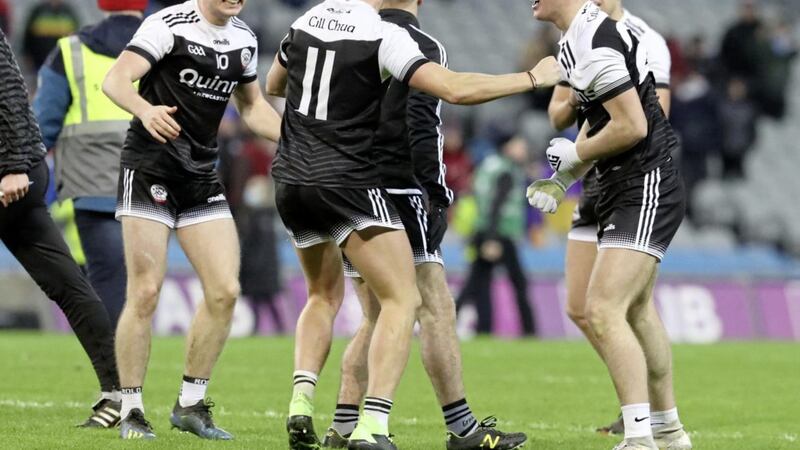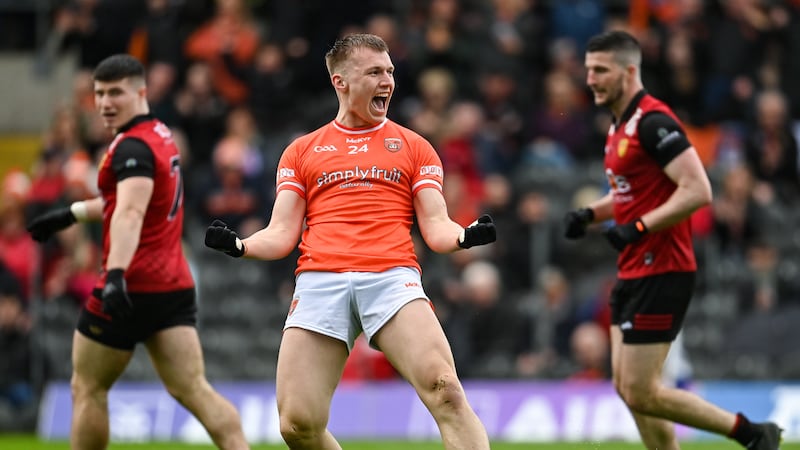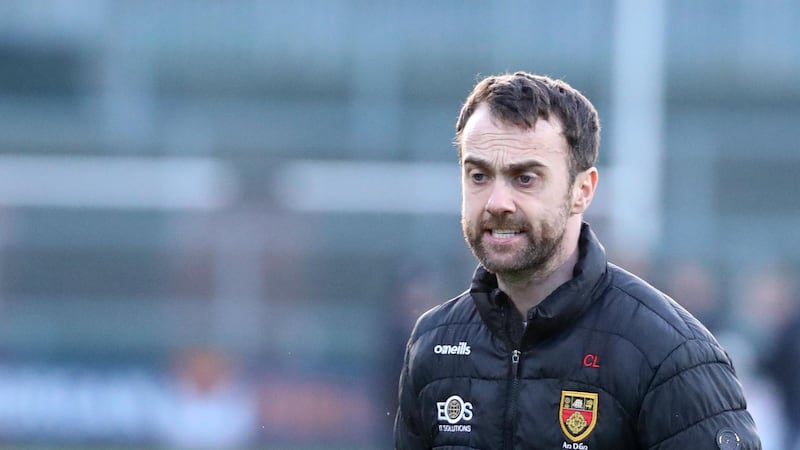“We, the players, are the strongest advocates for amateurism. We are 100 per cent amateur.”
- Tom Parsons, then acting GPA secretary, December 2019
OVER the weekend, the GPA came out threatening its latest war on the GAA, only in the arse-about-face way they have made their own.
No matter the topic or how good an argument they might have, the GPA seem to find a way to get people offside.
A media ban at the weekend was of no real consequence to anyone.
You’d never seen happier journalists than in Ballybofey on Sunday, knowing they didn’t have to go and stand outside a changing room door for an hour. No quotes? No odds.
Would the GPA’s stand not have been better served by having a few of its best talkers nominated for post-match interview, with a view to articulating their position on the row with the GAA over expenses?
It was a strategy that limited their ability to raise awareness of the expenses issue, while bothering nobody in particular.
So their one public voice was Tom Parsons, now their CEO, on RTÉ’s League Sunday.
Yet in attempting to put forward a strong defence of what amounts to a threat to strike if it isn’t sorted, Parsons arguably only furthered the counter-argument.
The GAA was once the organisation that got nothing done in a hurry, but so rapid and widespread has been the change in recent years – new championship formats, split seasons, July All-Irelands, etc - that the idea of inter-county training sessions being capped at four per week (including a game) seems as feasible as it is necessary.
Tom Parsons clearly didn’t mean to concede that a cap on sessions was “fine”, given that elsewhere in the debate with Joanne Cantwell and Colm O’Rourke he railed against them and revealed he’d spent three months opposing them.
But the GPA clearly want their negotiations done centrally and don’t want a county-by-county approach to undermine their call for ‘fairness’.
It is the GPA’s modus operandi to squeeze whatever it can for players out of negotiations. But with each passing gripe about expenses, they foster resentment and the idea that inter-county players are part of an alternative GAA, the one where players get paid to play.
The line has thinned recently, it must be said. Cost of living increases are hitting everyone hard.
As Parsons pointed out, 30 per cent of the inter-county playing population are students.
But then you consider every third-level student playing inter-county is given a bursary worth between €1,000 and €1,500. Added to annual government grant of €1,000, then expenses, nutrition, it’s hard to see where the big financial hit really is.
I’ve never agreed with the depth of expenses players get. That’s not begrudgery towards the players, but an understanding and recognition of the lengths that club players too can go to in pursuit of success.
Who was paying the Kilcoo players 65 cents a mile to drive for two hours each way to see Ollie Cummings for conditioning work?
That goes back to the definition of ‘voluntary’.
‘To do something of one’s own free will…Without payment.’
The GPA has presented itself in recent times as protective of the amateur status of its players. There have been plenty of words but little action.
It jointly commissioned a 2018 ESRI report that fed back the crazy statistic that the average player was committing 31 hours per week to playing GAA.
The players’ body has beaten a drum on burnout.
So why, when they’ve been handed the master key to this door they say they’ve been trying to open, are they fumbling around and dropping it at their feet?
County players are getting their expenses and that’s how it is.
The GPA’s gripe on their behalf is that they’re just not getting the unlimited expenses that they want.
Yet make no mistake – the deal on the table is exactly as it was before, with the sole exception that the central mileage payment is capped at four journeys per week.
The GAA has restored the 65c per mile rate, as well as all the boots, nutrition, gear, gloves, whatever else.
Teams are even free to negotiate extras with their own county board.
Parsons also couched the GAA as having made a €15m surplus in 2021. That figure included profits made by county boards. Centrally, the GAA’s finances have taken a hammering in the last three years.
So don’t let the debate fool you.
This is not about non-payment or under-payment of expenses.
This is about the freedom to allow inter-county teams to continue absorbing the entire lives of young men.
And this is where I have the real problem with the GPA.
Capping mileage is the most workable solution to the enormous strain on players’ time that was highlighted so brutally in that 2018 ESRI report.
Inter-county players were found to be spending an average of 31 hours per week, or six hours on each typical training day, playing GAA.
The average number of training sessions per week during the 2016 championship was four with a game, or five with no game.
That has only increased for many.
It;s nowhere near the “modern sustainable amateurism” the GPA have presented their ambition as in recent years.
Three years on from the publication of those findings, presented with this open goal to take a huge step towards it by cutting back on training time and protecting the balance of players’ lives, what do they do?
They go completely the opposite way, threatening to strike unless players are funded to train all day, every day if that’s what’s asked of them.
Instead of taking a stand to protect amateurism, they’ve taken a step further towards the professionalism they claim to oppose.
It would be interesting to see how a strike would go. How many players would support it, and how significant would the collateral damage be?
It goes back to why they would strike when it would be against the GAA’s attempts to limit training sessions, the very thing the ESRI paper that players participated in told us was the answer to the burnout problem the GPA had so long hammered on about.
If the GPA want to take a stand, take it against what’s being demanded of their members’ time.
Take on county managers and county boards, and threaten your strike there if a county team is asked to train more often than their expenses cover them for.
Is it truly player welfare and the rebalancing of lives?
Or is it more money to finance more training and another push towards the unsustainability that will eventually break club and county apart, and kill the GAA stone dead at grassroots level?
The answer seems fairly obvious.








